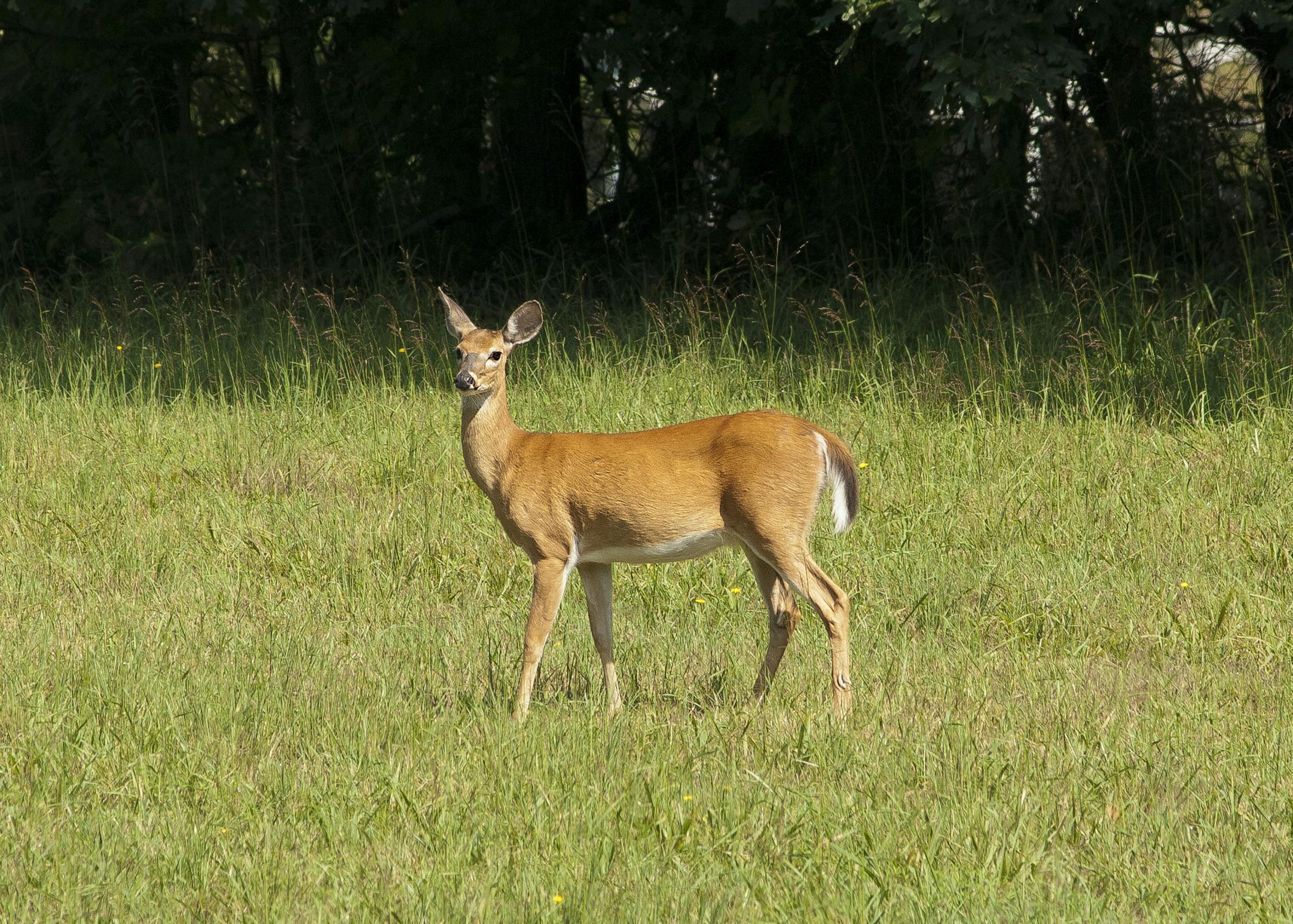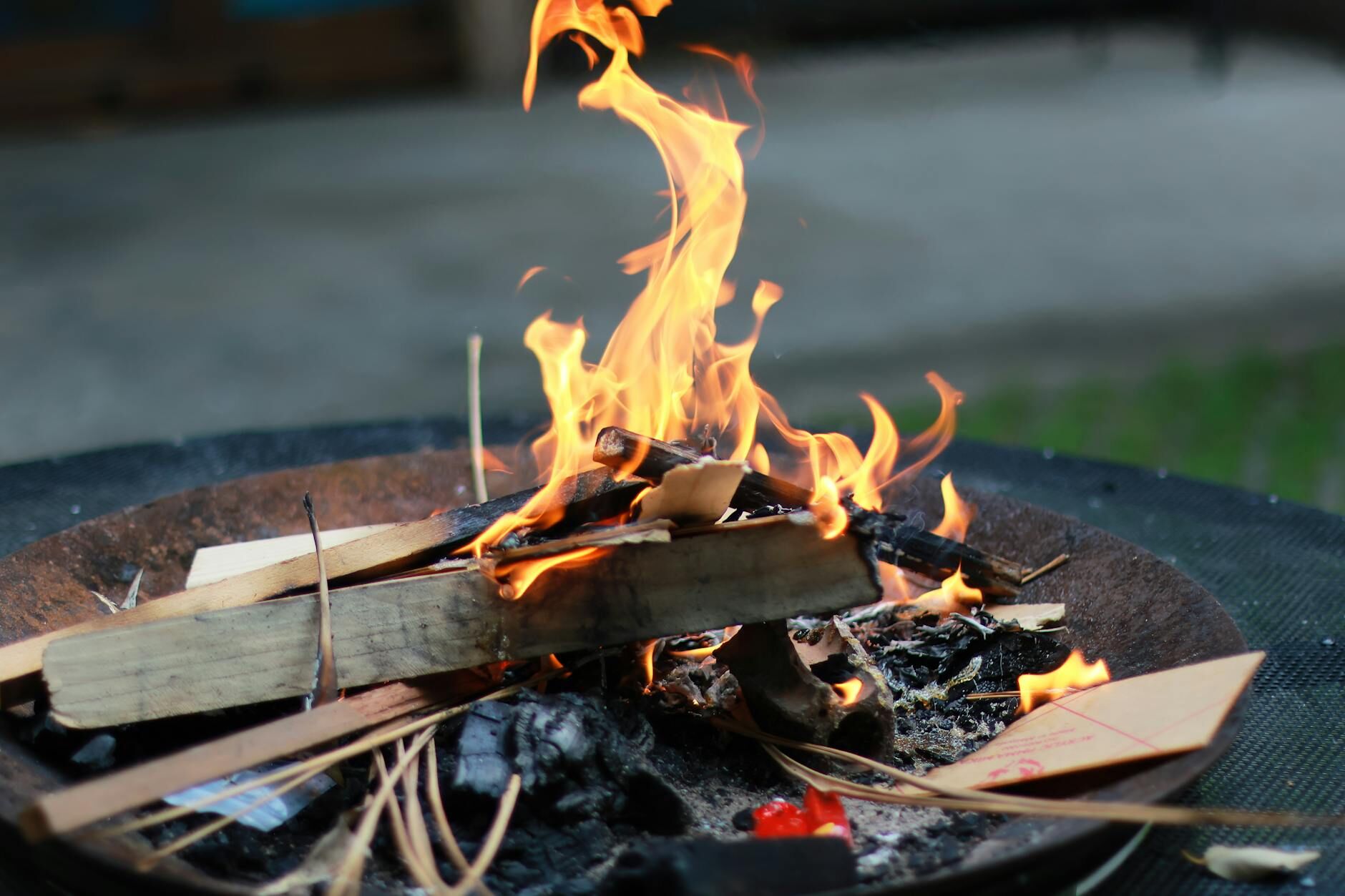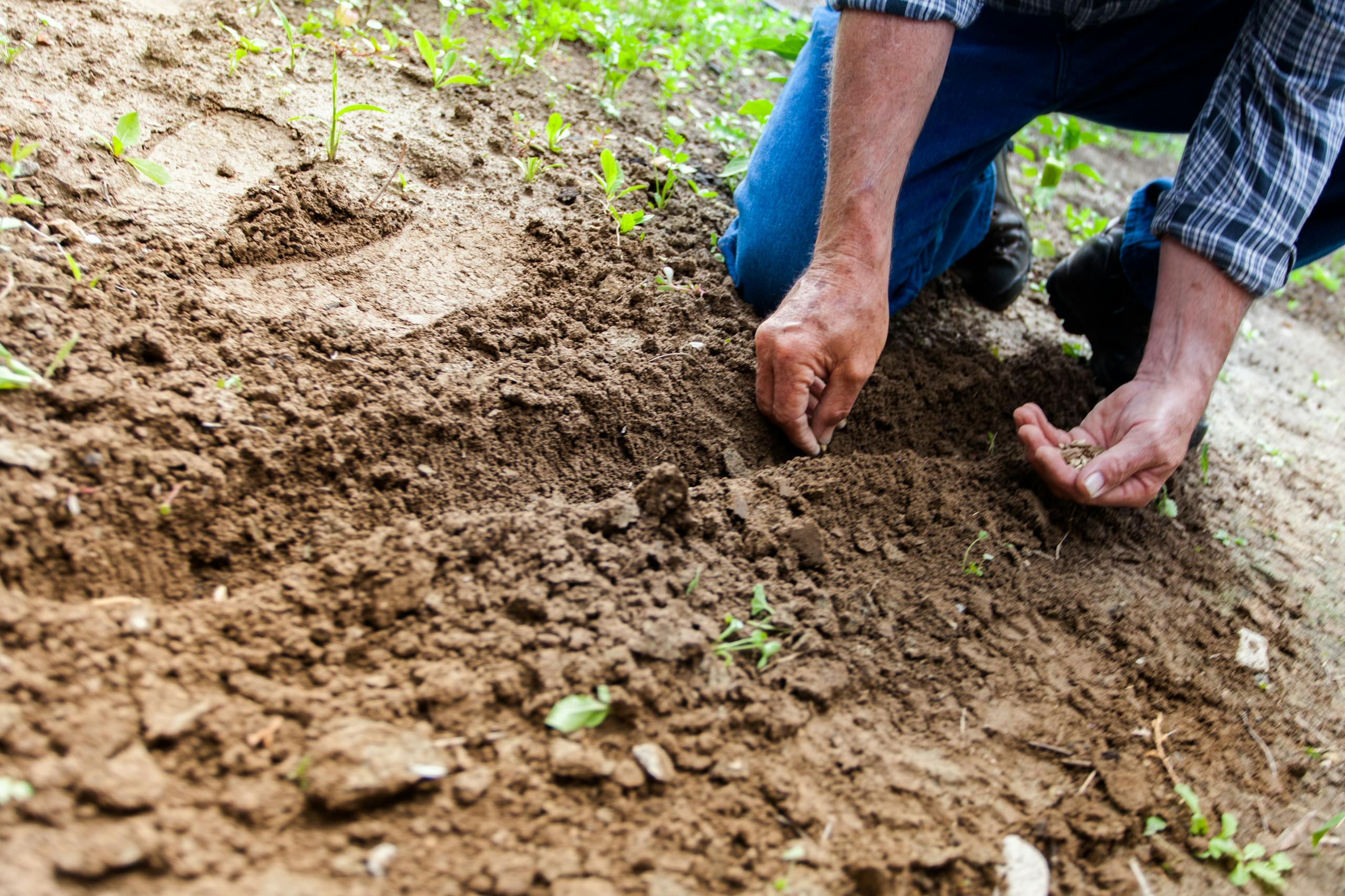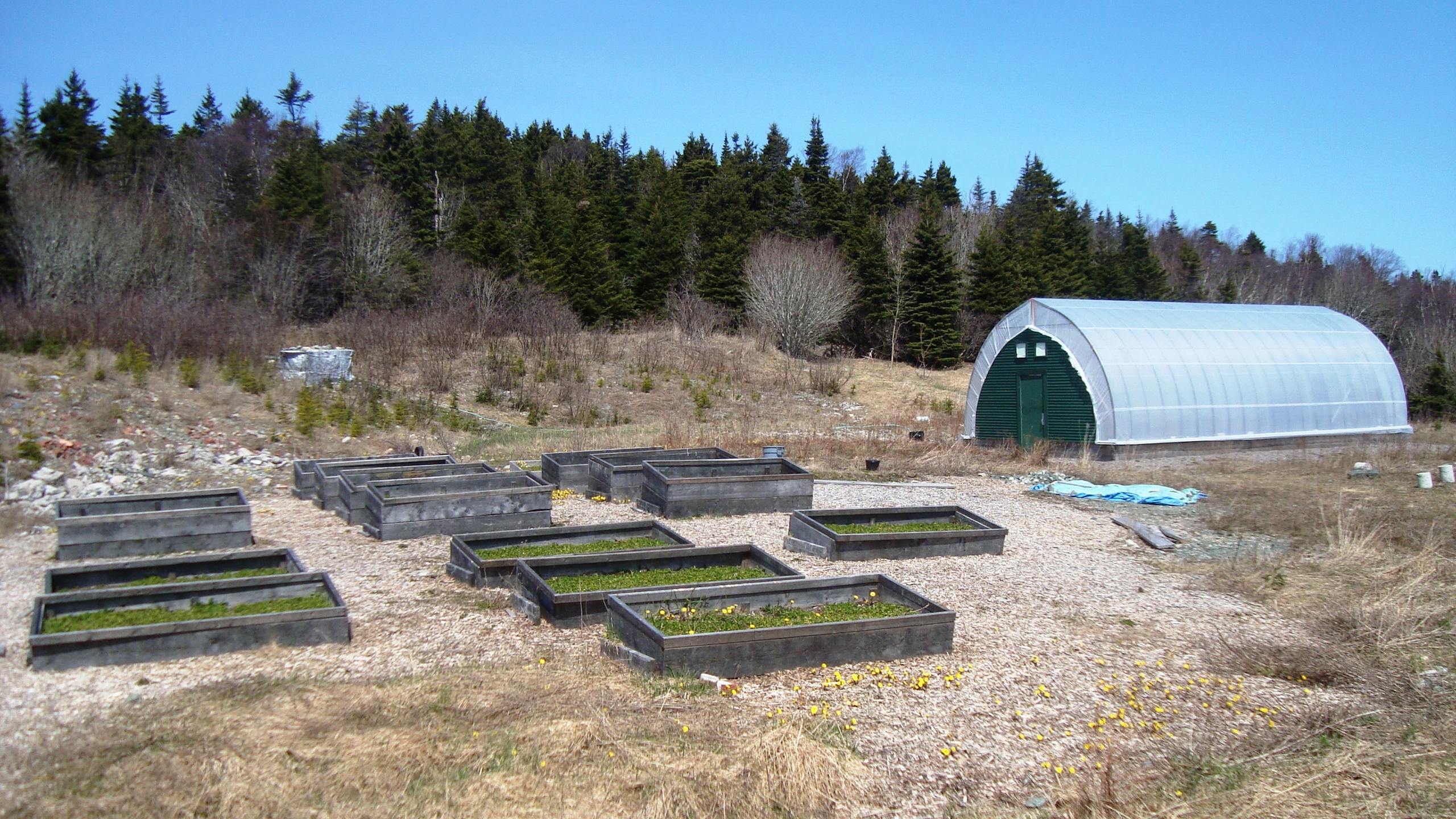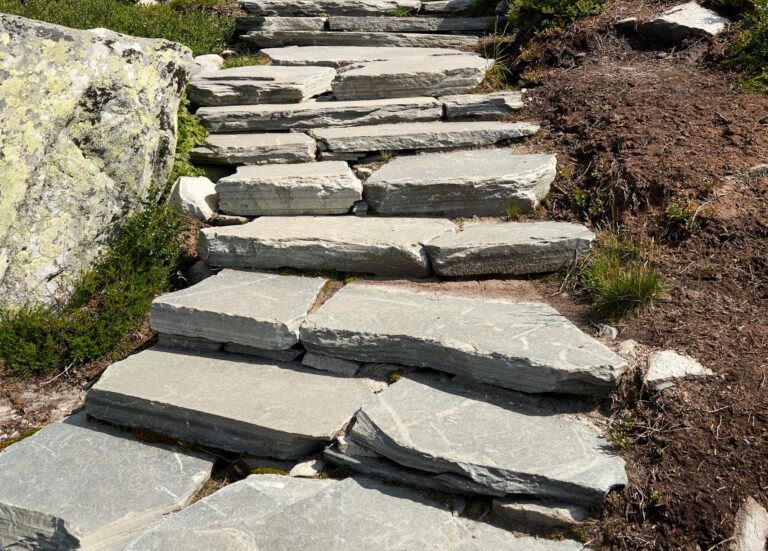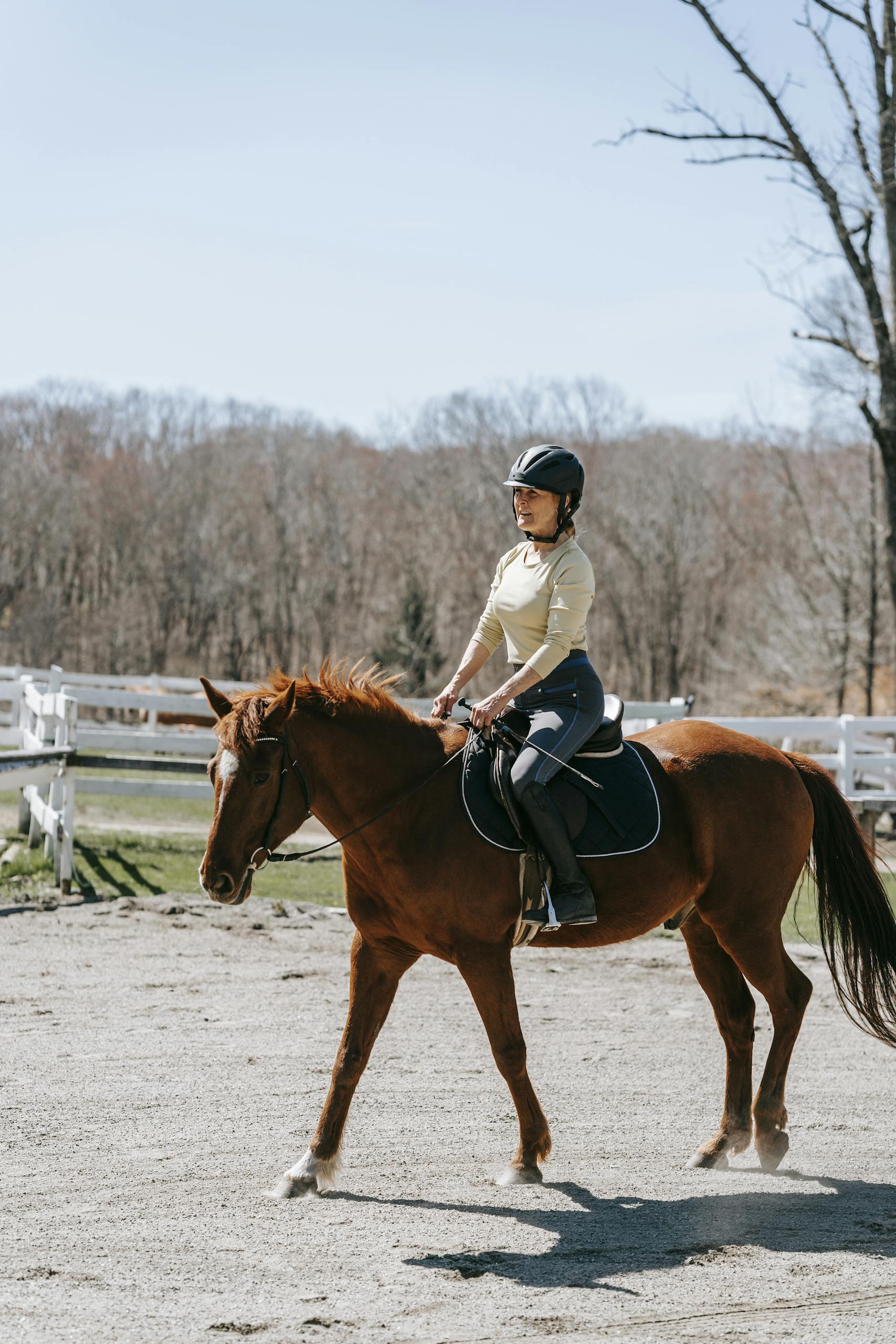When and How to Add Topsoil for a Healthy Summer Lawn or Meadow
A rich layer of topsoil is the foundation of any healthy lawn or meadow. In many mountain and rural areas, the native…
A rich layer of topsoil is the foundation of any healthy lawn or meadow. In many mountain and rural areas, the native soil can be rocky, compacted, or low in organic matter – not ideal for growing thick grass or wildflowers. The solution is often to add quality topsoil to give your lawn or pasture a nutrient-rich, loamy base. But when is the best time to add topsoil, and how do you do it properly so your grass thrives? Let’s dig in (pun intended) to the timing and technique, with a focus on spring projects to set the stage for a lush summer lawn or natural meadow.
Why Add Topsoil?
First, a quick refresher: Topsoil is the uppermost layer of soil, usually the top 4-12 inches, which contains most of the soil’s organic matter and nutrients. This is the layer in which plants extend the majority of their roots and find the nutrients and water they need. If your ground has been disturbed (construction, grading) or is naturally poor (sandy or heavy clay without much organic content), adding a layer of good loamy topsoil can dramatically improve plant growth.
Signs you may need additional topsoil:
- Patchy, thin grass that despite seeding and fertilizing never fills in (often due to shallow, hard soil beneath).
- Water pooling on the surface (could be because the soil underneath is compacted clay that roots can’t penetrate).
- Very stony or sandy ground where water and nutrients drain too quickly, stressing plants.
- You plan to establish a new lawn or meadow on a site where topsoil was stripped or the soil is known to be subpar.
The Best Time: Spring
Spring is hands-down the best time to add topsoil and work on lawn or meadow establishment. Here’s why:
- Cool, Moist Weather: Adding topsoil involves disturbing the ground and often seeding into it. Spring’s cooler temperatures and rain help keep the new soil and seeds moist, encouraging germination and root development without the stress of summer heat. The added soil itself stays more evenly damp, which helps it integrate with the soil below rather than dry out in clods.
- Grass Growth Cycle: Grasses (especially cool-season varieties common in many regions) have a strong growth phase in spring. They respond quickly to improved soil conditions and can establish deep roots before the next winter. By summer, a spring-seeded lawn can handle moderate traffic and heat if properly cared for. Conversely, adding topsoil in late summer or fall can work, but if you miss that fall window, you risk erosion of that new soil over winter or seed that doesn’t sprout until spring anyway.
- Ahead of Summer Weeds: In spring, you’re getting a jump before many warm-season weeds take off. If you add topsoil and seed in spring, a dense lawn or meadow can outcompete a lot of weeds. Also, if you need to do any weed removal or herbicide application before topsoiling, you can do it in early spring when weeds are small, then topsoil and seed right after.
- Observation Advantage: After winter, you can clearly see where soil is needed – low spots, eroded areas, dead patches of lawn. Also, by doing it in spring, you’ll observe how water moves on your property with spring rains and can adjust grading with new topsoil accordingly (filling dips, etc.). Add soil now and your lawn will benefit from spring rains to settle it and spur growthdarbypit.comdarbypit.com.
So, plan to do any topsoil addition as soon as the ground is workable in spring (not too muddy). Typically, mid-spring (April through May in many climates) is ideal.
How to Add Topsoil – Step by Step
1. Calculate How Much Soil You Need: Topsoil is usually sold by the cubic yard. One cubic yard (about 27 cubic feet) spread 1 inch over 324 square feet (about 18’ x 18’). A general guide: for a new lawn or area, you’d ideally want 4-6 inches of good topsoil. For topdressing an existing lawn (to fill in low spots or improve soil gradually), 1/2 to 1 inch can be spread at a time without smothering grass (the grass grows up through it). For meadow seeding, 2-4 inches of topsoil can greatly improve establishment if the native soil is poor. Measure your area and decide on depth to estimate yards needed. It’s often surprising – a 50’x50’ area with just 4 inches of topsoil is 31 cubic yards. Many times, people budget to topsoil only key areas (around the house and garden) fully, while larger expanses get a lighter touch due to cost. Our local topsoil is available by the truckload, and delivery from a nearby pit (like Darby Pit’s screened topsoil) is cost-effective for large volumes.
2. Source Quality Topsoil: Make sure you get good screened topsoil. “Screened” means it’s run through a mesh to remove rocks, clumps, and debris, yielding a relatively uniform fine soildarbypit.com. Also inquire about its origin – often a mix of loam, sand, and compost is ideal. Our Screened Topsoil at Darby Pit, for instance, is a dark, loamy soil that’s been screened to about 5/8″, excellent for lawns and gardens. Avoid soil with a lot of clay (sticks together in a wet ball) or subsoil fill masquerading as topsoil. Also, ensure it’s weed-free or has been stockpiled properly – you don’t want to import a bunch of weed seeds. If it’s from a reputable supplier, it should be fine.
3. Prepare the Ground: If adding topsoil to an existing lawn (topdressing), mow the grass short and consider aerating if you have an aerator. Remove large thatch or weeds. Essentially you want the old soil ready to merge with new – aeration holes or even heavy raking can help the new soil grab onto old. If adding topsoil to bare ground for a new lawn or meadow, clear any existing weeds or vegetation first (either by tilling under, using an herbicide a couple weeks prior, or smothering – though smothering with tarps takes longer, not practical in spring unless started the previous fall). Rough up or till the surface lightly so the new soil will bind (spreading on hardpan could cause a slip layer). You can till a couple of inches deep; it’s okay if you mix a bit of the subsoil with the topsoil layer – transition is good.
Check grading as well: before adding soil, you might correct any drainage issues (for example, slope soil away from foundations at least 6 inches drop in 10 feet). You can use the topsoil itself to achieve final grading, but know deep fills of only topsoil may settle more. If you need to fill a 6+ inch deep hole, consider using some structural fill or at least unscreened soil for the bulk, then top the last few inches with quality topsoil.
4. Spread the Topsoil: Dump piles of topsoil in the area (the delivery truck may do one big dump; use a wheelbarrow or front-loader to distribute into smaller piles across the area). Then use a landscape rake (wide aluminum rake) or backs of garden rakes to pull and level the soil. For larger jobs, a tractor with a box blade or grader blade can make quicker work of roughly leveling the piles. Aim for the desired depth, but keep in mind soil will settle some (by perhaps 5-15% over time, especially after rain). As you spread, fill in low spots a little proud (higher) knowing they might sink flush later.
If topdressing existing grass: spread no more than about 1/2” to 1” at a time, or you risk smothering it. You can use a shovel to fling soil in a thin layer and then brush it over the grass with the rake, allowing grass blades to poke through. For very uneven lawns, it may take a couple spring applications over a couple years instead of one big dump – gradual is safer for the turf.
For new seeding: get that soil nice and even. A water-filled roller or even a piece of plywood dragged by rope can help smooth it. You want good seed-soil contact later, so eliminate big clods (screened soil shouldn’t have many) and break up any you find.
5. (Optional) Lightly Incorporate: For some projects, you might lightly mix the bottom of the new topsoil into the native soil below – this prevents a sharp boundary that could inhibit root or water movement. One way is to use a pitchfork or tiller on very low setting just to blend the bottom inch of new soil with the top inch of old. If topdressing an existing lawn, do NOT till (you’d destroy the grass); just topdress and trust roots to bridge the layers. But on bare ground, a little mix at the interface is healthy.
6. Seed and Stabilize: You generally want to seed or plant pretty soon after laying topsoil, especially in spring, to take advantage of rains and also to protect that topsoil from eroding. If preparing a lawn:
- Broadcast your grass seed (spring or early fall are best – spring in our case). Use the recommended rate for your seed mix (often ~4-6 lbs per 1000 sq ft for lawn grasses). For meadows, you might seed at lower rates if using native mixes to let them self-thicken.
- Rake very lightly to mix the seed just barely into the soil (or use a lightweight drag like a section of chain-link fence). You want most seeds covered 1/8” to 1/4” with soil.
- Fertilize: Adding a starter fertilizer on top of the topsoil can boost seedling growth (topsoil often has nutrients, but a little extra phosphorus at seeding helps roots). Follow with a gentle raking or let rain soak it in.
- Mulch: If you added a lot of topsoil on a slope or large area, consider mulching with straw or a seed blanket to keep the soil from washing until grass grows. A thin layer of clean straw (not hay with seeds) will significantly reduce erosion and also keep the soil moist for germinationdarbypit.com. For steeper slopes, use an erosion control fabric or bonded fiber mulch per manufacturer’s instructions.
For an existing lawn topdressing: after spreading soil, sprinkle grass seed especially on the bare or thin spots you were targeting. The existing grass will grow up through the new soil, and new seed will germinate in it as well. Water to help settle the soil and encourage growth. The established grass’s roots will also climb into the new soil over the season, improving the lawn’s vigor.
For a meadow: after adding topsoil, you might optionally mix in some sand or compost if the soil is very heavy, depending on the plant mix (some wildflowers prefer lean soil). Then seed with meadow mix (often containing grasses and wildflower seeds). Rake in and mulch lightly with clean straw – mulch is key for meadow seeding to retain moisture and prevent the precious seeds from washing or blowing away.
7. Water and Watch: With new topsoil and seed down, keep it adequately watered through spring. Moisture is critical – the topsoil is full of seeds now (grass or weeds alike), and we want the grass to win. Watering 1-2 times a day for short periods (just to keep surface damp) until germination is essential if rains are not regular. Once grass is up a couple inches, you can ease back to deeper, less frequent watering.
Watch for any erosion after heavy rains: if you see rivulets forming, quickly fill them with a bit more topsoil and perhaps lay a bit of straw or fabric in that line to stop future flow. Catching these small issues early will prevent bigger gullies. After the first mowing, the grass’s roots will help hold the soil significantly.
8. First Season Care: If it’s a lawn area, resist heavy use or mowing it too short in the first couple months. Let the grass grow to 4 inches before the first mow, then cut to about 3 inches. Taller grass initially = deeper roots, which means they’ll anchor that new topsoil layer better. Consider a light fertilization 4-6 weeks after seed germination to feed the developing turf (unless you used a starter fertilizer already and your soil is rich enough). For meadows, avoid grazing or foot traffic until plants are well-established. Control weeds by hand or a very careful mowing at a high setting if certain annual weeds overtop the seedlings (mow high just to clip weed heads). Given good topsoil, your desired plants should eventually out-compete many weeds.
By summer, if you followed these steps, you should see a dramatically improved lawn or meadow. The new topsoil will have increased the nutrient content and root zone depthdarbypit.comdarbypit.com, resulting in thicker grass coverage or more robust wildflower growth. Areas that used to puddle may now infiltrate water better (assuming grading was done right), and plants won’t stress as quickly in dry spells thanks to the more moisture-retentive loam you added.
Tips and Reminders
- Don’t Skip Soil Prep: It’s tempting to just dump soil and spread it, but if you don’t loosen the old surface or kill old weeds, you might get layering or weed explosions. A little prep work makes a huge difference in how well the new soil “marries” with the old soil and how weeds are suppressed.
- Quality Soil Matters: Ensure the topsoil you add is clean and rich. It’s worth paying for screened, organic-rich soil (our local screened topsoil is often a dark, loamy material, easy to shovel and full of nutrients). Avoid topsoil with lots of clay lumps (hard to spread and can form a crust) or from questionable sources (construction fill labeled as topsoil). If you can, inspect the soil before they dump it – grab a handful: it should be slightly moist, crumble easily, have a dark color and a bit of an earthy smell. That indicates good organic matter and structure.
- Use Local Material to Match Climate: Topsoil from your region will have pH and composition that local plants are adapted to. For example, if your area’s soil is slightly acidic, a topsoil from the same area will likely be similar and your grasses (often chosen for local conditions) will thrive in it. If you haul in something dramatically different (say, very sandy topsoil onto clay), you might have to adjust your care (more watering if sandy, etc.). Most commercial topsoils are a blend intended to be generally suitable, but it’s something to consider.
- Don’t Overdo Depth on Existing Lawns: More than ~1” of topsoil on established turf can smother it. If you need to add more than an inch, do it in multiple stages (e.g., 1/2” this spring and another 1/2” next spring) or consider killing and re-seeding if grass is mostly weeds anyway. Lawns can “push up” through a little soil (a process called topdressing), but too much at once and you’ll end up reseeding those areas anyway because the grass won’t survive.
- Post-Topsoil Settling: Expect that new topsoil will settle a bit. If you carefully graded to a perfect slope to the inch, a heavy rain might compact it down slightly and re-introduce a mild unevenness. This is normal; plan to possibly touch up some low spots later. Often the new grass’s root growth and thatch will naturally even out minor settles. If an area puddles after a few rains, just sprinkle a bit more soil and seed there – quick fix in early summer while grass is still filling in.
- Use Spring Energy: Spring is nature’s growing season. By adding topsoil and seed in spring, you align with the time when seeds want to sprout and roots want to grow. You’re essentially turbocharging that natural process by providing ideal soil. By summer, you’ll have a healthy lawn or meadow that can better withstand summer stresses (heat, foot traffic) precisely because you gave it that boost in spring.
Adding topsoil can sound like a lot of work (and it is a project, no denying), but the payoff is tremendous. You trade a bit of sweat in spring for years of easier lawn care and more enjoyment of your outdoor spaces. Grass will come in thicker (meaning fewer weeds and less erosion), you’ll likely use less water and fertilizer (because good topsoil holds moisture and nutrients for roots), and walking barefoot on a soft, loamy lawn beats pacing on hardpan any day!
So if your soil is holding your lawn or field back, seize the spring opportunity: order that load of rich topsoil, grab your rake, and transform your ground. Come summer, you’ll be kicking back on a dense green carpet or watching wildflowers sway – instead of fighting bare dirt and stubborn weeds. A healthy lawn or meadow starts from the ground up, and spring is the time to build it.
